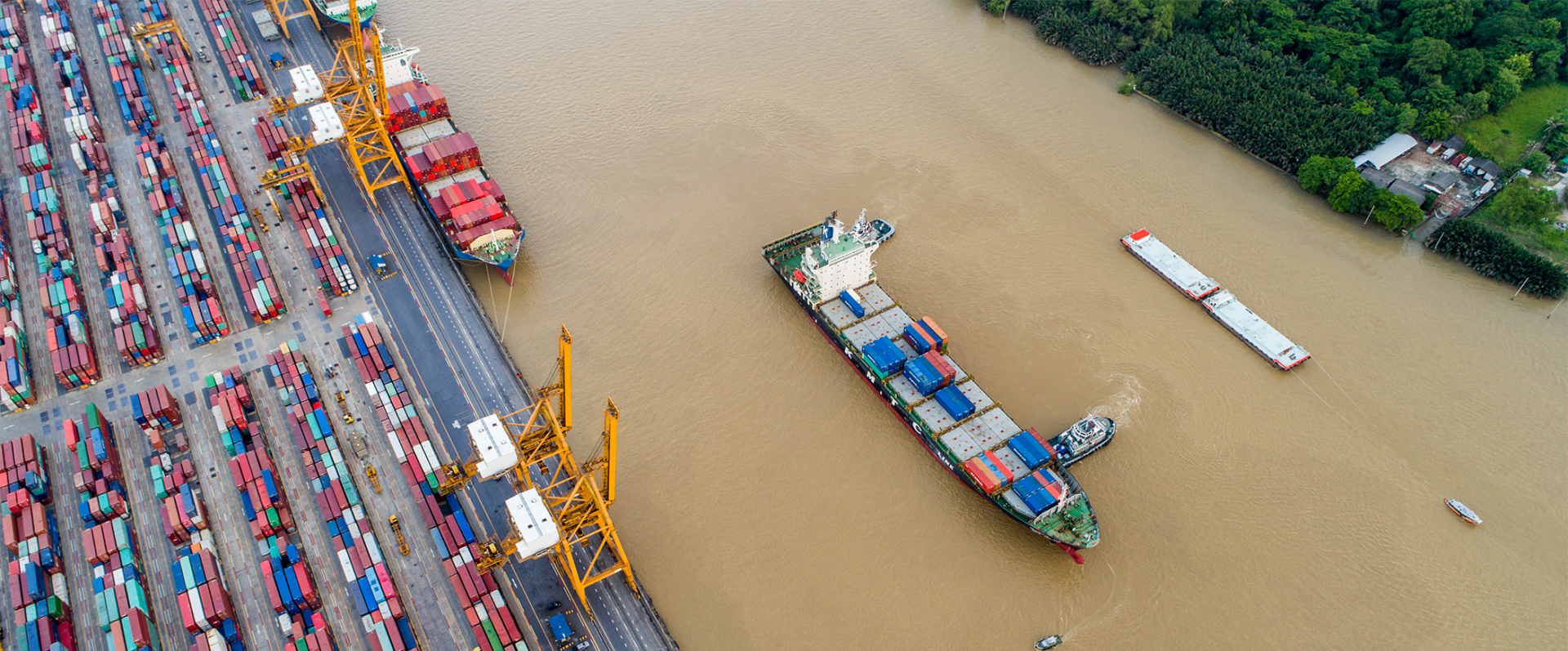- SIWI – Leading expert in water governance
- /
- Latest
- /
- How to reduce your water footprint is just as important as your carbon footprint
How to reduce your water footprint is just as important as your carbon footprint

Article originally published by Quartz inWhat Happens Next – The Future of WaterRuth Mathews and Kanika Thakar
It’s Wednesday morning. You open your closet door, reach for your favorite cotton tee, and out gushes a wall of water. Confused, you reach for your phone, and find your hand soaked again in a deep pool of water. “What is this?” you wonder. “Where did all this water come from?”
Invisible to most, water is in everything we eat, wear, and use. It is in the growing of crops, the mining of metals, the dyeing of fabric, and the production lines manufacturing our phones. Without water, modern life as we know it ceases.
Why did water gush from your closet when you opened it? It’s from the 3,900 litres (or 39 bathtubs) that it took to produce that seemingly harmless cotton t-shirt. Even though you think you’re making an environmentally friendly choice by choosing a natural material, this is the amount of water it takes to grow, bleach, wash, and dye the cotton, and to make sure that water-quality standards are met after using the fertilizers, pesticides, and chemicals needed to take cotton from seed to t-shirt. Similarly, the water footprint of your phone (around 13,000 litres or 130 bathtubs) comes from producing all the parts of the phone, including the microchip, glass, plastic, and metal.
Obviously, that water did not come from your tap. Instead, that water came from countries such as India, China, Turkey, Egypt, Bangladesh, Mexico, or Brazil. It came from the rivers and aquifers in some of the most water scarce and impoverished regions of the world—places where environmental protection isn’t at the top of the agenda, where clean drinking water might not be accessible for all, and where what little water is available is going to the highest bidder.
This competition for water too often drains rivers, leaving them dry for long periods of the year, starving entire ecosystems. It sucks more groundwater than can be replenished, requiring deeper wells to be drilled and ultimately leaving what were once great stores of water diminished or empty.
Today, 4 billion people live with water scarcity, which disrupts livelihoods and degrades ecosystems. Pollutants enter freshwater from agriculture, industry, and domestic sources, often with no treatment, and severely degrade water quality. Freshwater biodiversity has declined precipitously: Some 20% of fish species have gone extinct or are threatened. The World Economic Forum’s Global Risks Report has repeatedly ranked water crises as one of the global risks with highest impact.
There is no longer a business case for not using water sustainably.
Leading companies are showing the way forward. Top Nordic textile brands such as H&M and IKEA are working with Sweden Textile Water Initiative to reduce the water footprint of their suppliers. Considering that the total water footprint for the top-10 clothing companies is at least 2,800 billion litres of water a year—or over one million Olympic-size swimming pools—changing how clothing is produced can reap huge benefits. Endorsers of the UN Global Compact CEO Water Mandate are committing to continuous progress in water stewardship and contributing to achieving the Sustainable Development Goals.
While many of us have the luxury of living where clean water runs freely from the tap, where our waste is treated, and where our store shelves are always well-stocked, we are enjoying these luxuries at the cost of others. We can no longer ignore the impacts of our water footprint simply because it happens in another part of the world. We must become global citizens, prepared to care for water, wherever it is being used, to ensure that it is treated with the respect it deserves.
As you mop up the water around your feet and prepare to put on your soggy t-shirt and pick up your waterlogged phone, you may wonder what you can do. And the message is simple: consume less and care more.
The average American water footprint is 7,800 litres per day. Compare that with Germans who have a water footprint of 3,900 litres or the Chinese with 2,900 litres. Before you buy your next new outfit, pre-order an upcoming mobile phone, or buy more food than you can eat, consider how your water footprint will grow with these purchases.
If we don’t start making more sustainable consumption choices about the material objects we buy, it will be too late to change the course. We are already pushing the planet beyond its limits. Without appropriate care to ensure more water is left in place, to to support the full diversity of freshwater and coastal ecosystems, we will lose economic opportunities that come from vibrant rivers, lakes, deltas, and estuaries. We will also not have enough clean water to drink, grow our food, or produce the goods we enjoy daily. Water will become a rarity enjoyed by a privileged few.
We also need to look carefully at our innovations before they become commonplace. A recent study has assessed the annual energy consumption of bitcoin to be nearly equal to that of Ireland. The water footprint of the electricity required to power these bitcoin mining operations is estimated at 1.13 billion gallons of freshwater per day, or 411 billion gallons per year (more than 1.5 billion bathtubs annually).
So what can you do? Buy from brands who take caring for water seriously. Look at what companies are doing to use water sustainably across their value chain by studying sustainability reports, reading water-disclosure statements, and learning about their water stewardship programs.
It’s up to all of us to do our homework and find out who these companies are and what they are doing to reverse these troubling trends. And, if it’s not enough, we must demand more.
Success is often measured in how much we have: higher incomes followed by more clothes, cars, electronics, larger houses, and full cupboards. Success for companies is measured in increased sales, expansion plans, and more customers. All this comes at a cost. While water is a renewable resource, it is not an unlimited resource.
Now is our watershed moment. Let us commit as consumers, decision-makers, and engaged global citizens to make choices that result in water being valued as the irreplaceable life-giving resource that it is.
Most recent

SIWI’s endorsement of the COP29 Declaration on Water for Climate Action
- Water and climate
- World Water Week
- Water governance

SIWI-WASH experts join IVL
- Water, Sanitation and Hygiene (WASH)
- Water governance

Women hold the key to building climate resilience
- Gender and water
- Resilience through water



